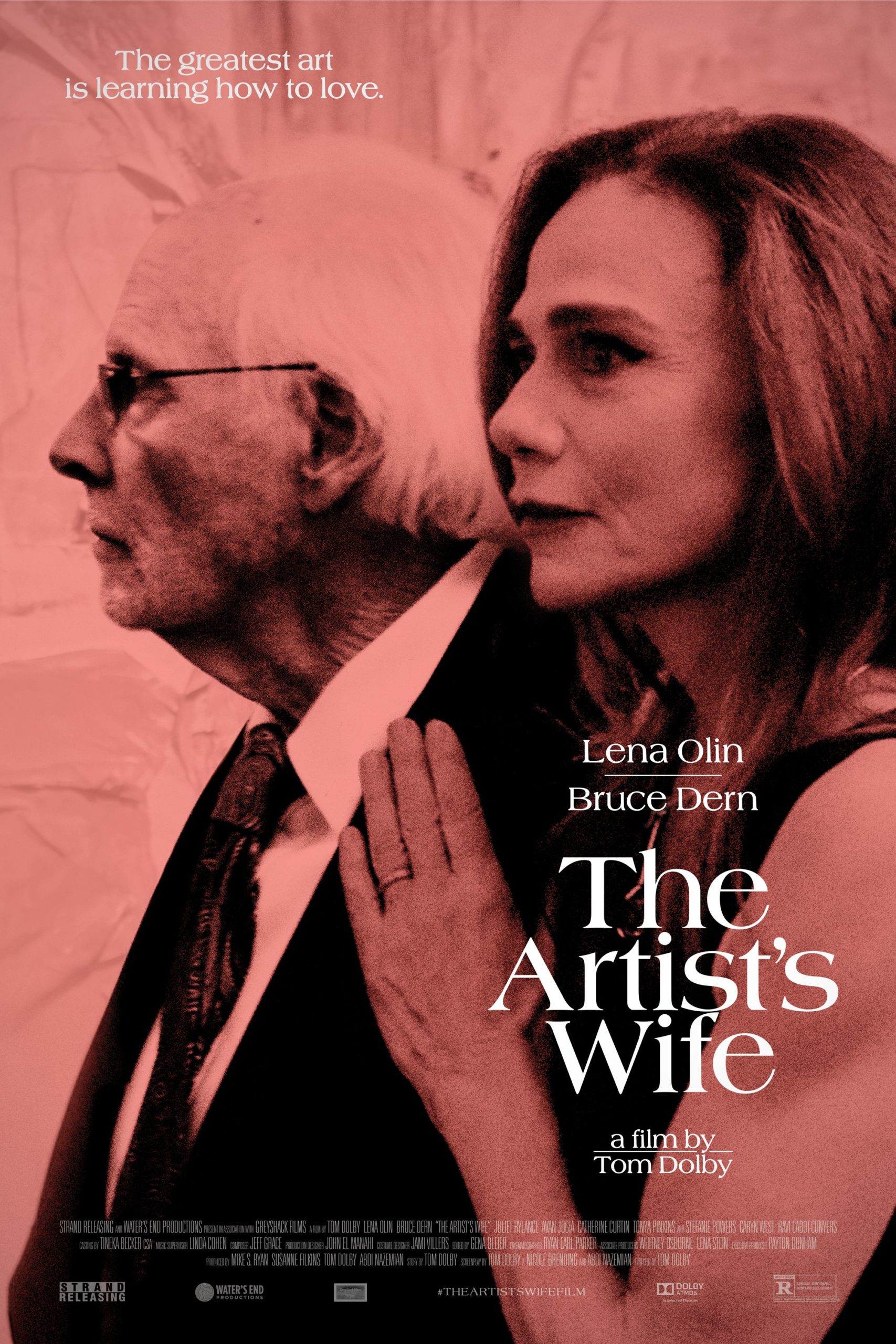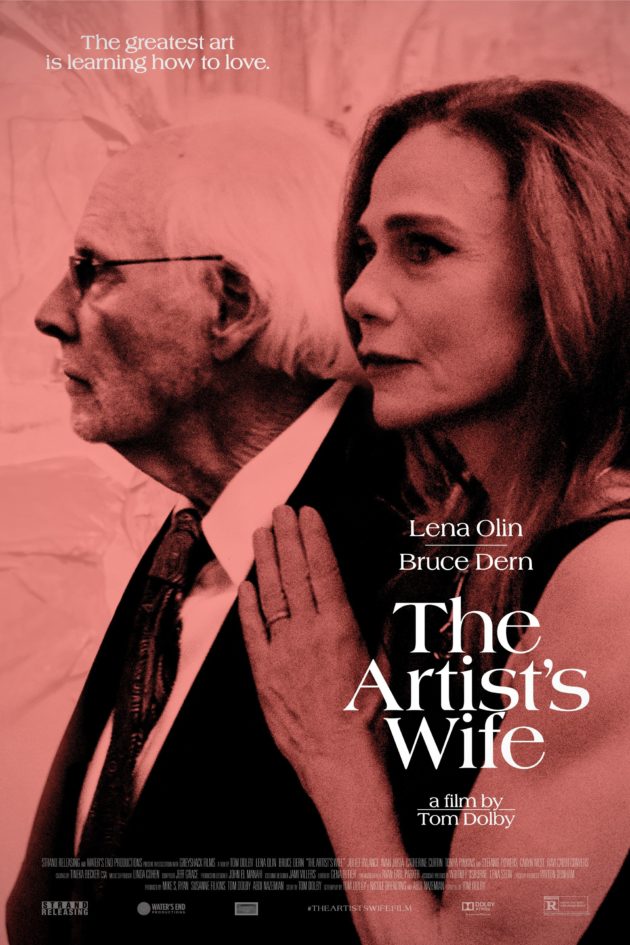
Old and New Wives’ Tales

Can you imagine a movie titled “The Artist’s Husband” about a man who abandoned his own budding career as a painter so he could cater to his wife’s needs and help her achieve fame and fortune? Or a book and a movie titled “The Husband,” about a man who goes far beyond secretly editing his wife’s books so she can enjoy literary acclaim—and, oh, also sleep with many other men? And how about the spouse of a woman in a high government position who writes an autobiography that in part examines his cascade of decisions that subordinate his life to hers? Let’s call it “Not Becoming.” And then there is the television tale of the Hasidic husband who has to run away from his wife and his community to fulfill his desire to make music and to control his life. Well, that might still be called “Unorthodox.”
These gender-reversed summaries of recent works in different genres illustrate how unlikely it is that someone would write or film anything like them—unless meant as a satire. However, the just-released movie “The Artists’ Wife,” the book and movie “The Wife,” Michelle Obama’s memoir “Becoming” (non-fiction) and the television series “Unorthodox” are each serious and thoughtful examinations of the evolving role of a wife (at least in households that are artistic, educated and financially stable). Each offers at least a glimmer of hope that the role is changing. But put “husband” in place of “wife,” and you notice that our society still has a long way to go toward equality in marriage.
In the first three stories, the wives give up a lot, more or less willingly, in order to maintain a happy marriage. In “Unorthodox,” the wife never had a happy marriage. Other wives’ tales we’ve seen explored lately include the TV series “The Good Wife,” in which a woman whose husband is imprisoned after a scandal returns to work as a lawyer, starting her own firm and experiencing success, setbacks and renewal. Then there are the various “Real Housewives” series, which Gloria Steinem has called “a minstrel show for women.” Clearly, we are not going to overcome demeaning stereotypes of “housewives” anytime soon.
I’m a wife, too, and I understand many of these paths. “The Artist’s Wife,” which debuted September 25 in theaters and on-demand platforms such as Amazon, Apple TV, iTunes and YouTube, presents an intimate and believable variation on the supportive-wife role that started blossoming in the 1950s and still isn’t as dated as it should be. The film is a little slow-moving and occasionally flat, but it is beautifully acted, with Lena Olin and Bruce Dern giving stellar performances in the lead roles of Claire and Richard Smythson. He is older and famous. Claire, once a promising artist, has devoted herself entirely to making their glamorous life in the Hamptons smooth and comfortable for Richard. Richard acknowledges the partnership during an interview we see early on. “I create the art,” he said. “She creates the rest of our lives.” Claire smiles gamely.
She is jolted out of her cocoon when Richard develops Alzheimer’s and becomes both forgetful and abusive, mostly verbally, toward students, fans and his wife. Will she return to painting and stake her own claim to creative fulfillment? That’s the main plotline, peppered with bright depictions of strong women, including fun turns by Tonya Pinkins as a self-confident and encouraging gallery owner and Stefanie Powers (yes, of “Hart to Hart”) as an artist of Claire’s generation whose video installations are being featured at the New Museum in Manhattan—she’s obviously a success and she brims with energy.



